Each room or outdoor space has its own unique characteristics that will help you choose products best suited for it. Lighting design starts with planning, you need to decide what type of lighting is required in a room and how much of it you need

In this article we aim to provide you the basic types of lighting. We will try and keep things simple, rather than bombarding you with lighting science. We are going to give you some basic lighting design building blocks. Each room or outdoor space has its own unique characteristics that will help you choose products best suited for it. Lighting design starts with planning, you need to decide what type of lighting is required in a room and how much of it you need. Lighting can be categorized into five types.
Down-lighting: Downlights are closest to midday light it’s strong and beams down flooding the space with a lot of light. It perfect for work or play space and entertaining, it does create a lot of shadows but with the addition of some low lying table lamps you can fill those in.
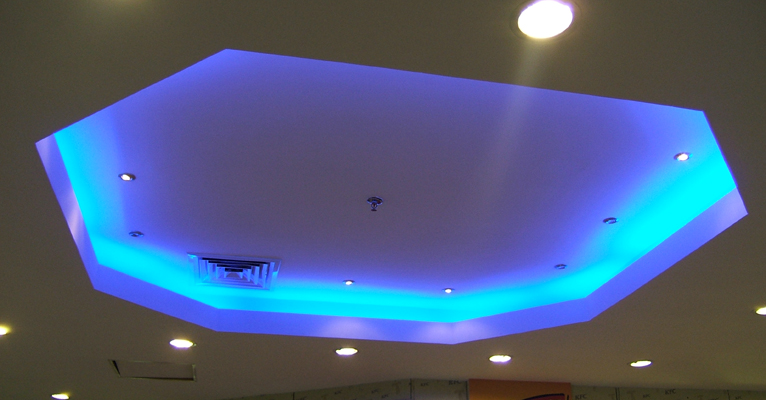
Up-lighting: Up-lighting beams the light upwards to be reflected off of walls and ceilings the indirect light is very flattering to any space and often creates an effect of higher ceilings.
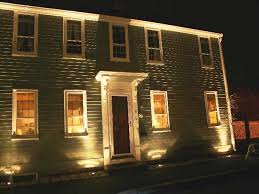
Ambient lighting: Also known as general lighting, it is the most commonly used lighting in all rooms and unfortunately for many people this is where their lighting aspirations begin and end, with single pendant hanging from the centre of the ceiling. Ambient light is really background lighting although it’s great for everyday lighting, it is not particularly good for working light or creating a feature effect. Ambient light fittings can be chandeliers, pendants, flush and ceiling fittings.
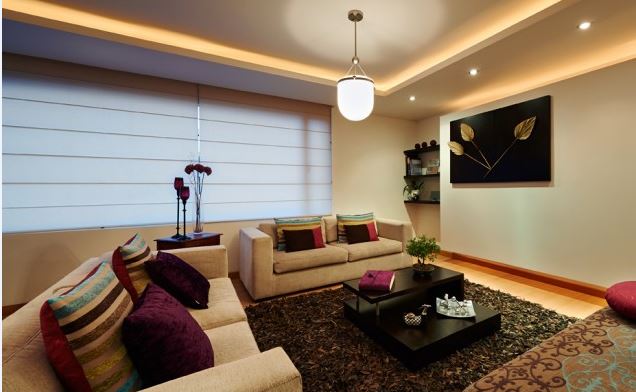
Spot or Task Lighting: Task lighting helps you to perform specific tasks in the home such as cooking, computer, work, hobbies and reading. Task lighting is directed to a specific area to achieve illumination and prevent eye strain. Classic examples of this type of light fitting would be angled desk lamps, clip on spotlights that you use on the shelves, pull down light floor lamps or table lamps.
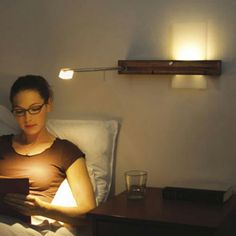
Accent or Occasional Lighting: This type of lighting should have visual interest to a room or a space to emphasize particular objects or to draw attention to an item. It can be used to draw attention to pictures, art work even plants, gardens structures, building exteriors and to highlight the structure of a wall or surface. Accent lighting usually requires up to three times the lights on the focal point compared to the general lighting around it. This is usually provided by recessed or wall mounted lighting.
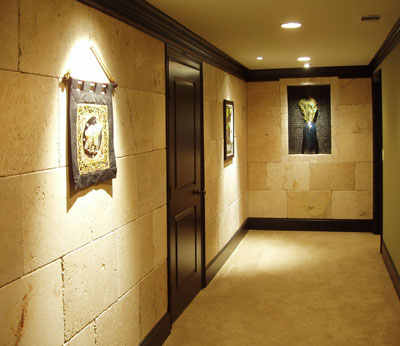
How Much Light Do I Need?
Now that you are aware of different categories of lighting you can determine the right amount of light levels you need for your home depending on your requirement. With the use of dimmers a room can be used for several functions. This will allow a higher level of light for working or reading and a lower level for relaxation.
Colour of the light is important too, dim lights help in creating a cosy atmosphere like In living areas while bright lights give a cooler look to the utility rooms. Room painted in a dark colour would need more light as much of it will be absorbed, while white colour reflects light. You can add colour to a room by illuminating a coloured surface
To help you with your lighting plan get yourself an A4 notebook. Draw the shape of each room and mark the windows and the doors on the plan. It is also a good idea at this stage to measure dimensions and add them to your drawing. Make notes for each room in your lighting plan for example type of lighting needed whether that be ambient, task or accent. Identify sockets/powerpoints for table and floor lamps, light placements and positions and question whether there are sufficient light switches to make sure their positioned by entry and exits to that particular room. Make sure you have switches by the bed. Also think about maintenance, how are you going to change the light bulbs and clean the fittings when you have done all of that.
Now the fun part starts product selection and shopping check out our new range of downlights LED lights, smart lights and luminaires.